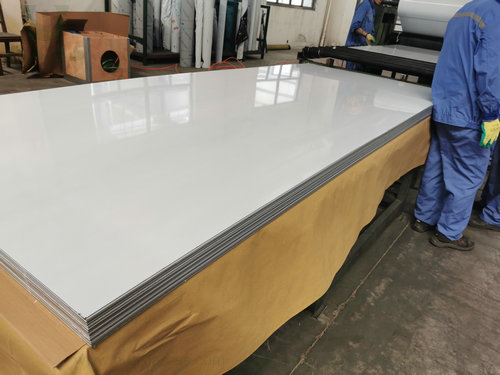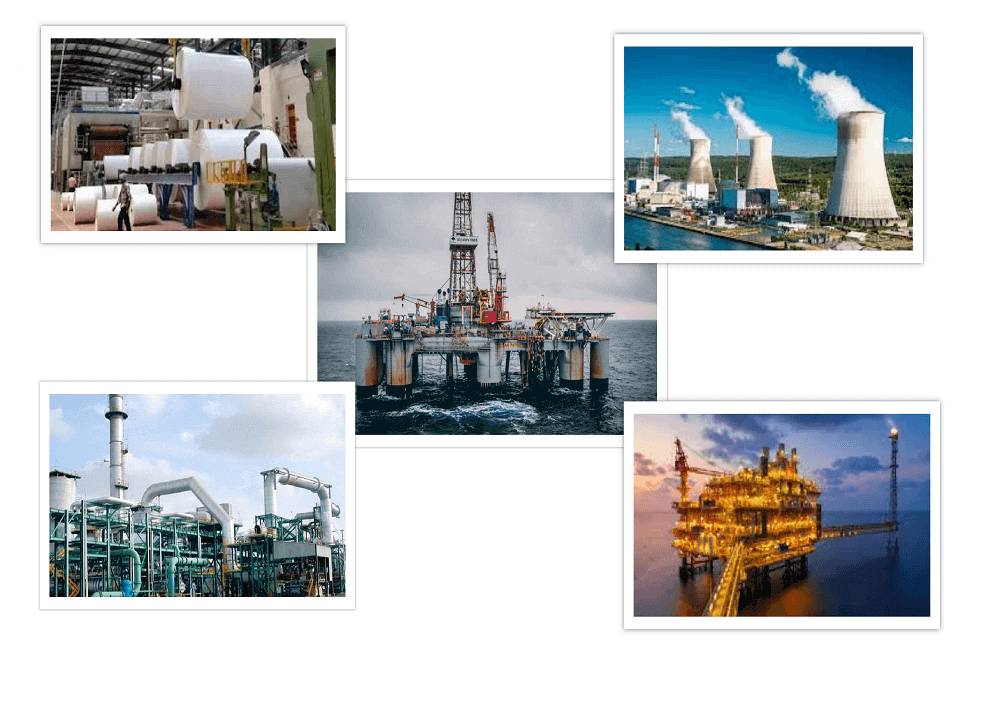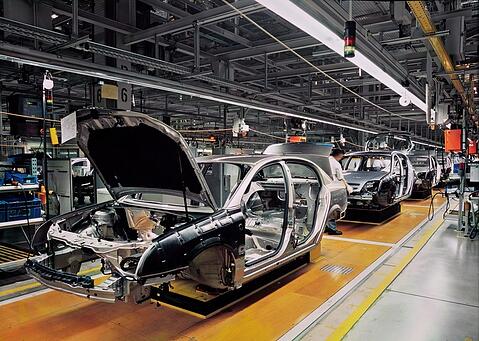Stainless steel is a versatile and widely used material in various industries, known for its corrosion resistance and durability. Two common grades, Stainless Steel 316 vs 409, serve different purposes due to their distinct properties.
When choosing stainless steel, the two most common grades are 316 stainless steel and 409 stainless steel. Each of these two materials has its own advantages and application scenarios, so which one to choose depends on specific needs. This article will compare these two stainless steels in terms of material composition, corrosion resistance, strength, cost, and application to help you make a choice.

Composition: Stainless Steel 316 vs 409
| Grades | Cr | Ni | Mo | C | Mn | Si | P | S |
|---|---|---|---|---|---|---|---|---|
| 316 Stainless Steel | 16-18% | 10-14% | 2-3% | ≤0.08% | ≤2.00% | ≤0.75% | ≤0.045% | ≤0.030% |
| 409 Stainless Steel | 11-12% | ≤0.75% | – | ≤0.08% | 0.5-1.0% | ≤0.5% | ≤0.04% | ≤0.030% |
Stainless Steel 316 and 409 differ significantly in their chemical composition. Stainless Steel 316, an austenitic stainless steel, contains chromium, nickel, and molybdenum, offering exceptional corrosion resistance, especially in aggressive environments.
On the other hand, Stainless Steel 409 is a ferritic stainless steel with a higher chromium concentration and lower nickel content. This composition makes 409 less corrosion-resistant compared to 316, but it excels in other aspects.
Corrosion Resistance: Stainless Steel 316 vs 409
One of the primary distinctions between these two stainless steel grades is their corrosion resistance. Stainless Steel 316 is renowned for its superior corrosion resistance, making it suitable for marine environments and applications involving exposure to corrosive substances.
In contrast, Stainless Steel 409, while still corrosion-resistant, is better suited for less demanding environments, such as automotive exhaust systems.
Heat Resistance: Stainless Steel 316 vs 409
Another critical factor is heat resistance. Stainless Steel 316 demonstrates excellent heat resistance, making it ideal for applications involving high temperatures, such as chemical processing and industrial equipment. Stainless Steel 409, while capable of handling moderate heat, is not as well-suited for extremely high-temperature environments as 316.
Applications: Stainless Steel 316 vs 409
316 stainless steel is suitable for applications requiring high corrosion resistance and strength, including:
- Marine environment (ships, offshore equipment)
- Medical equipment
- Chemical equipment
- Food processing equipment

409 stainless steel is commonly used in the following scenarios:
- Automotive exhaust systems
- Residential equipment (boilers, burners)
- Building structures

Cost Considerations: Stainless Steel 316 vs 409
316 stainless steel has a relatively high cost due to its high nickel and molybdenum content. Its advantage is that it requires almost no maintenance after long-term use, so despite the higher initial investment, it may be more cost-effective in the long run.
409 stainless steel has a lower price, so it is an economical choice of stainless steel in scenarios with limited budgets and low corrosion requirements. It is widely used in the automotive industry, construction materials, and other applications that do not require extremely high corrosion resistance.
High-Temperature Resistance
316 stainless steel: Able to withstand temperatures up to 925°C, suitable for use in high-temperature environments.
409 stainless steel: Able to withstand higher temperatures (usually between 650°C and 800°C), so it is often used in high-temperature applications such as automotive exhaust systems.
Magnetism: Stainless Steel 316 vs 409
316 stainless steel: is an austenitic stainless steel and is usually non-magnetic, but may be slightly magnetic after cold working.
409 stainless steel: is a ferritic stainless steel and has significant magnetism.
In Conclusion
In conclusion, the choice between Stainless Steel 316 and 409 depends on the specific requirements of the application. Stainless Steel 316 offers superior corrosion and heat resistance, making it suitable for demanding environments, but it comes at a higher cost. Stainless Steel 409, while not as corrosion-resistant as 316, provides a cost-effective solution for applications with less stringent demands.
Understanding the differences between these two stainless steel grades is crucial for making informed decisions in various industrial and manufacturing scenarios.
